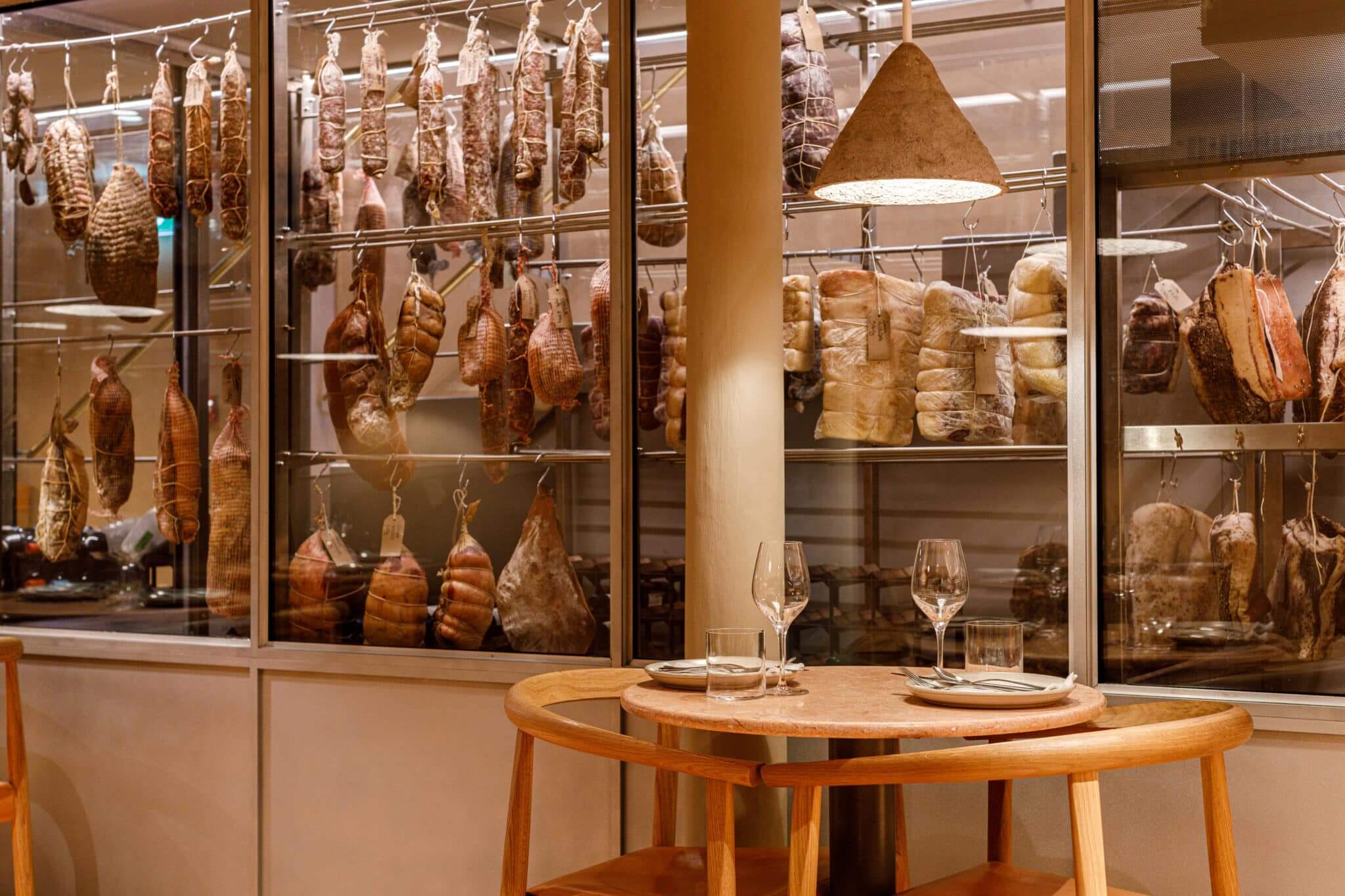The first time I really came to appreciate nose-to-tail as an ethos was, like most young cooks, through the book Nose To Tail Eating by Fergus Henderson of pioneering restaurant St. John. I was hugely engaged with the book and restaurant long before I had the chance to eat at either St. John or St John Bread and Wine. These recipes were what really excited me and I loved the language in which they spoke about food and ingredients.
Reading this book very early in my career was more important than I realised, as one of the first kitchens I worked in was owned by a chef who bred pigs that were used on the menu in sausages, pork chops, rolled bellies and black pudding. When I moved through different kitchens, I found myself gravitating towards meat and particularly the use of whole animals. I came to understand the first few books and kitchens I had been exposed to helped shape my own style about 15 years later, when I first started cooking my own food.
As my understanding of quality increased, I began to look into what it meant to use whole animals and why it was important to use a nose-to-tail approach. It’s about more than just buying a whole animal and breaking it down into prime cuts. It is about building up relationships with suppliers, farmers and butchers. Understanding that land and soil health, the quality of diet, type of feed or grass that the animal has eaten not only impacts flavour, but also our own health and the climate.
At my restaurant Manteca, there is a lot of meat on the menu, but we haven’t necessarily used many animals. To buy a whole animal in its rawest form brings a responsibility for the chef to use everything in the most effective and delicious way possible.
This is a more long-term and sustainable approach to eating meat, giving us more control over our menu and keeping us creative in the kitchen.
It’s about more than just buying a whole animal and breaking it down into prime cuts. It is about building up relationships with suppliers, farmers and butchers.
It is generally agreed that farming regeneratively, championing soil health and using land to mob graze (moving cows regularly to allow ground to be turned and grass eaten before being moved to a new field) has some of the best impacts on soil health, climate and improving the quality of what we put into our own bodies. It is probably one of the more readily available solutions to halting climate change and maybe even reversing it.
Making a commitment to whole animal/nose-to-tail cooking from a restaurant perspective is not a small undertaking, as you need space to break down the animal. We built a curing room to make our own salumi and we spend time training and educating staff on how to efficiently break down a carcass.
Ultimately, for what it gives us in terms of product, upskilling chefs with valuable butchery skills (which are becoming harder to find in many kitchens) while also knowing we are working with sustainable farmers, I believe this is one of the best practices we have at Manteca.










0 Comments